When it comes to buying appliances for your home, bigger isn’t always better. Many homeowners unknowingly buy oversized or undersized appliances, leading to excess energy usage, wear and tear, and premature breakdowns.
In this blog, we’ll explore how the right appliance size helps extend its life, save energy, and match your real usage needs.
Why Appliance Sizing Matters
Appliance size directly impacts:
-
Energy efficiency
-
Functionality and convenience
-
Long-term maintenance
-
Operating cost
-
Lifespan of the appliance
An oversized appliance may seem like a bonus, but if your usage doesn't demand it, you're just overloading your space, wasting electricity, and putting undue strain on internal components.
How Oversized Appliances Cause Strain
1. More Energy, Less Efficiency
Appliances like refrigerators and dishwashers that are too large for your household end up running below capacity, using more electricity for less work.
2. Increased Wear and Tear
When underutilized or misused, the internal components—motors, filters, and sensors—go through irregular cycles and age faster.
3. Poor Space Utilization
Oversized machines can take up unnecessary space, create airflow blockages, or be placed awkwardly in kitchen layouts, affecting heat dissipation and performance.
How Undersized Appliances Get Overworked
On the flip side, too small an appliance will be overused to keep up with demand. For example:
-
A small dishwasher in a large family will run multiple times a day, overworking its pump and heating system.
-
A mini washing machine in a 4+ person home will be used back-to-back, wearing out the drum and motor.
This leads to faster breakdowns, noisy operations, and inefficient results.
How to Choose the Right-Sized Appliance
1. Understand Your Usage
-
Small households (1–2 people): Choose compact or slim models.
-
Medium households (3–4 people): Opt for mid-range sizes with moderate cycles.
-
Large households (5+): Invest in heavy-duty models but only if usage is regular.
2. Match Appliance Features to Lifestyle
Don’t just pick appliances for features—ensure they’re designed for your household frequency and capacity. A high-speed blender for someone who rarely cooks, or an 800L fridge for a couple, are common mismatches.
3. Check Energy Ratings and Volume
Look at energy efficiency labels, and read the capacity ratings carefully. An appliance that’s “just enough” is usually better than one that’s oversized.
Long-Term Tip: Regular Cleaning for Peak Performance
Even the right-sized appliance won’t last long if not maintained properly. To prevent internal clogging, odor, or buildup:
-
Clean internal parts monthly
-
Use a reliable descaler and appliance cleaner
-
Keep vents, filters, and trays free of residue
🛒 For professional-quality cleaning solutions, visit the
👉 Klenzmo Amazon Brand Store
Conclusion: Get the Size Right, Get the Life Right
An improperly sized appliance may seem like a small mistake, but it can lead to increased utility bills, more frequent servicing, and reduced appliance lifespan. Be a smart buyer—assess your family’s real needs, pick the right model, and ensure routine care to make your investment last.

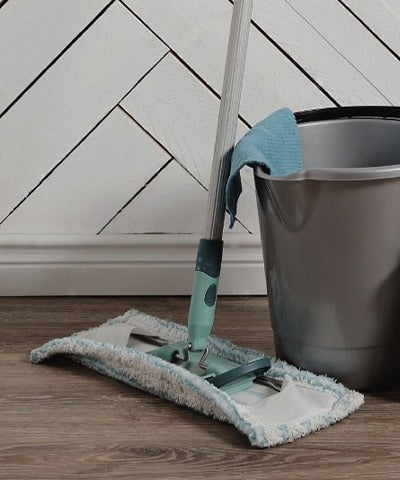
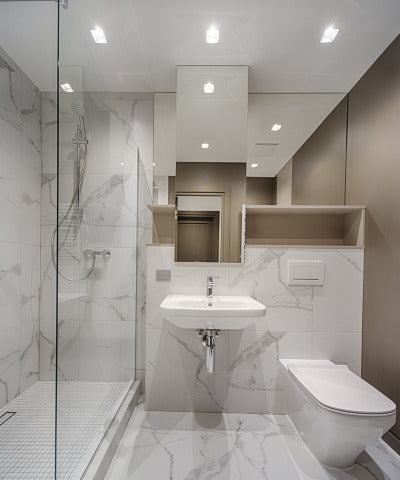
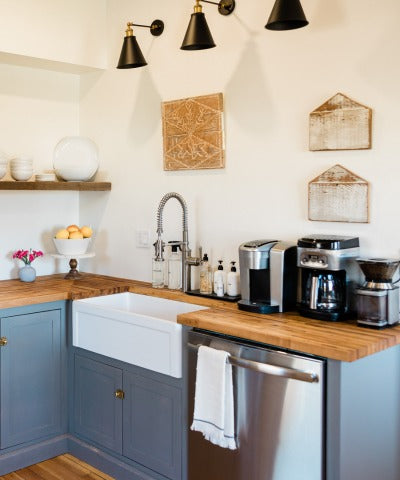




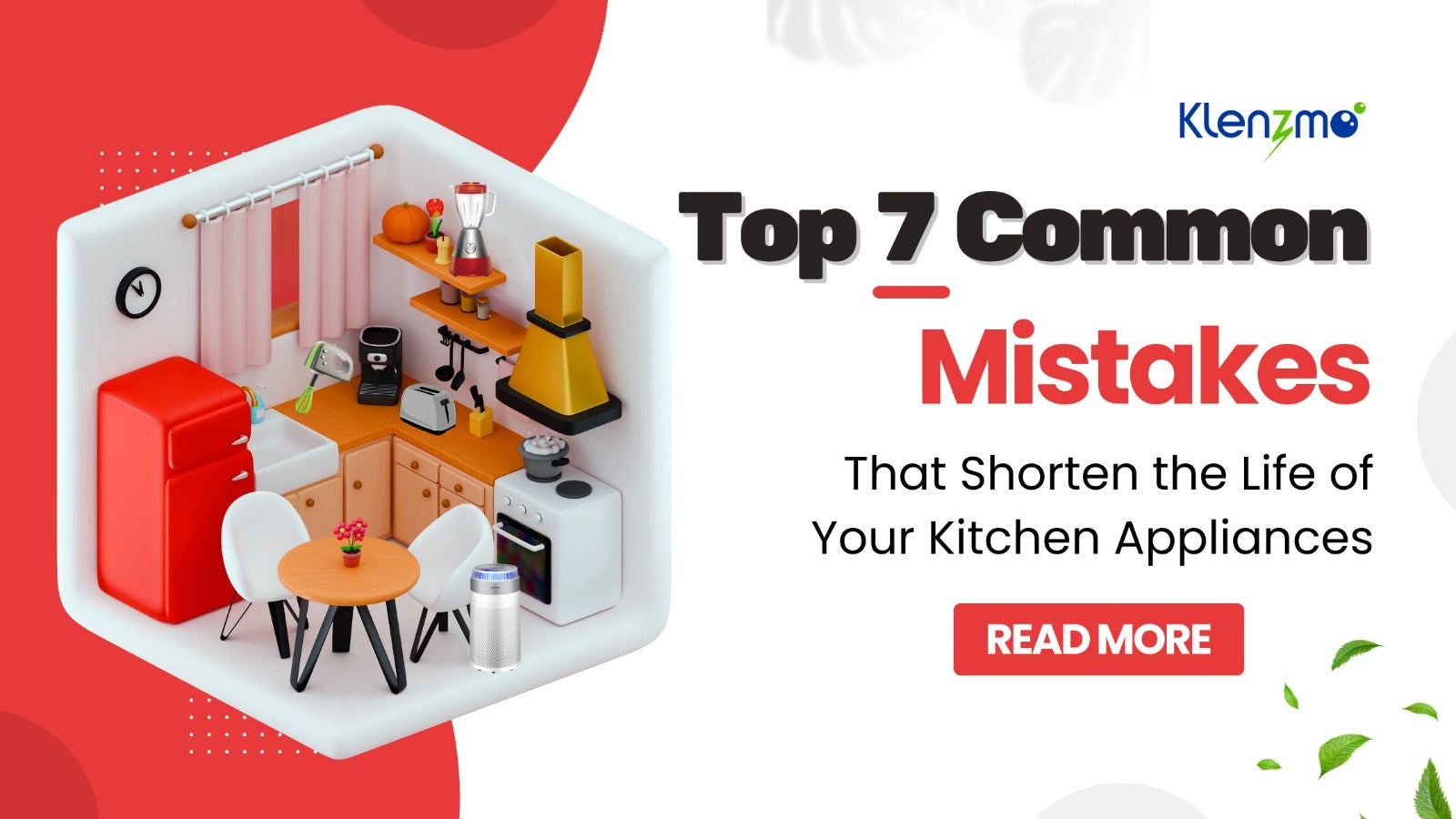
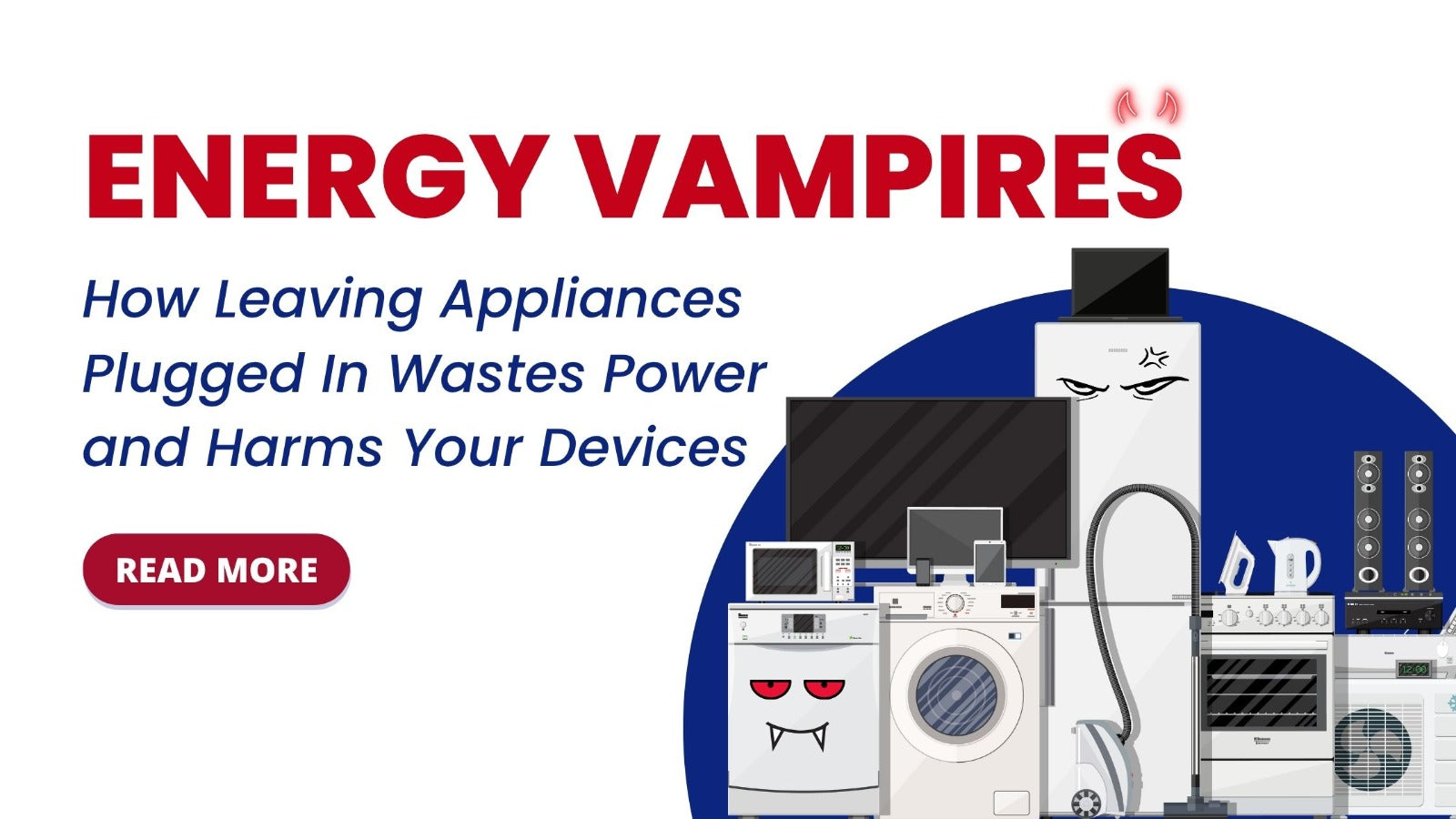
Leave a comment
This site is protected by hCaptcha and the hCaptcha Privacy Policy and Terms of Service apply.